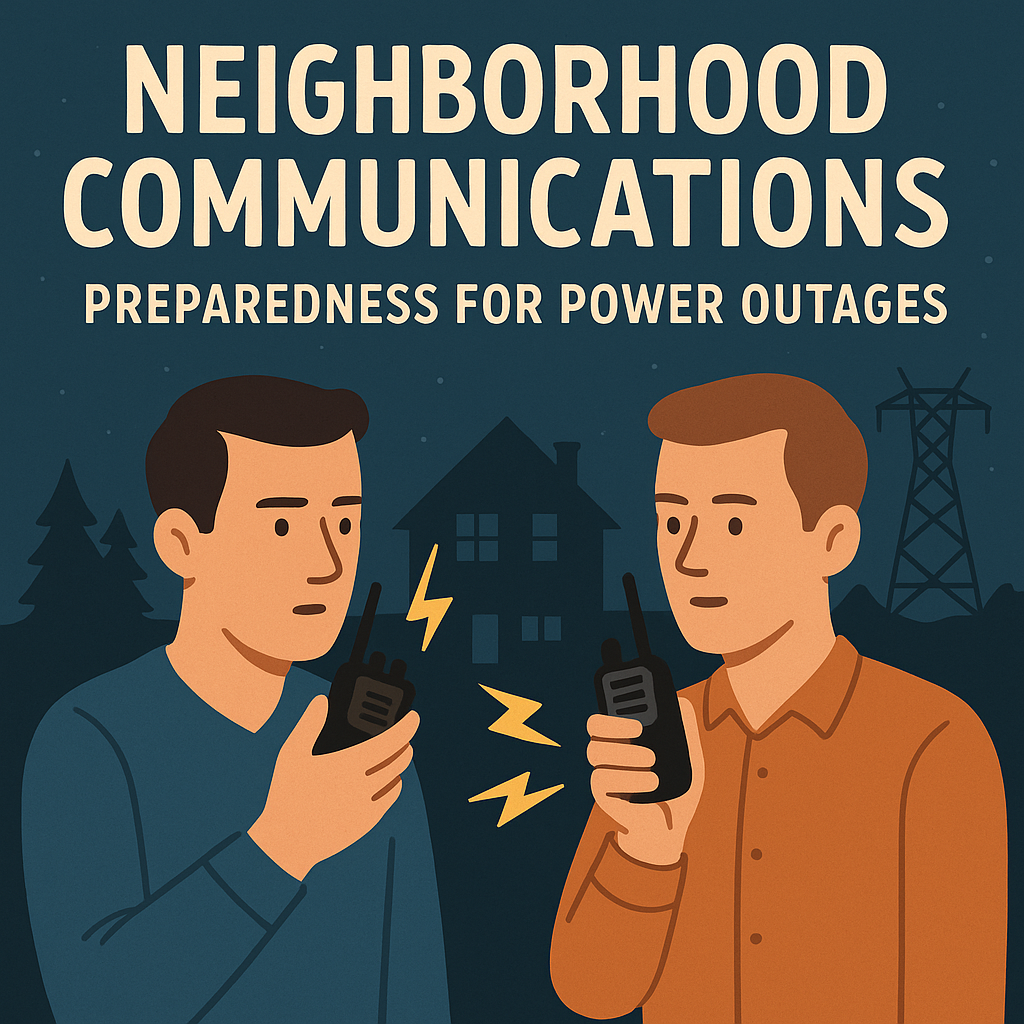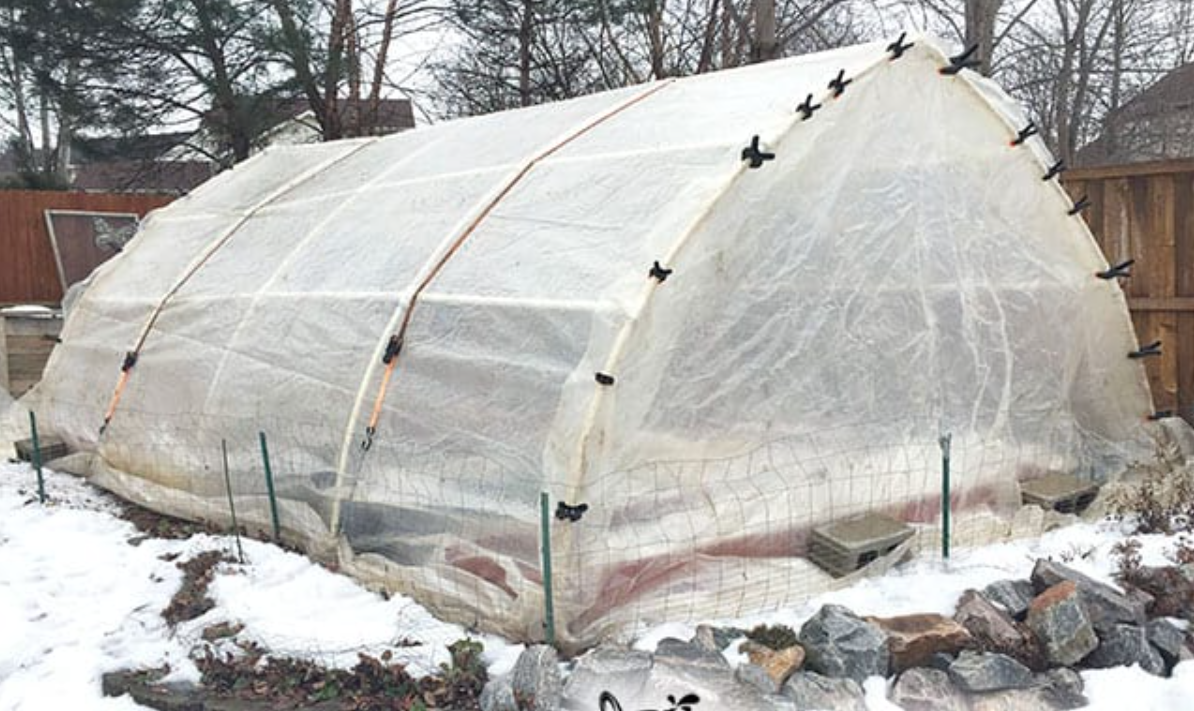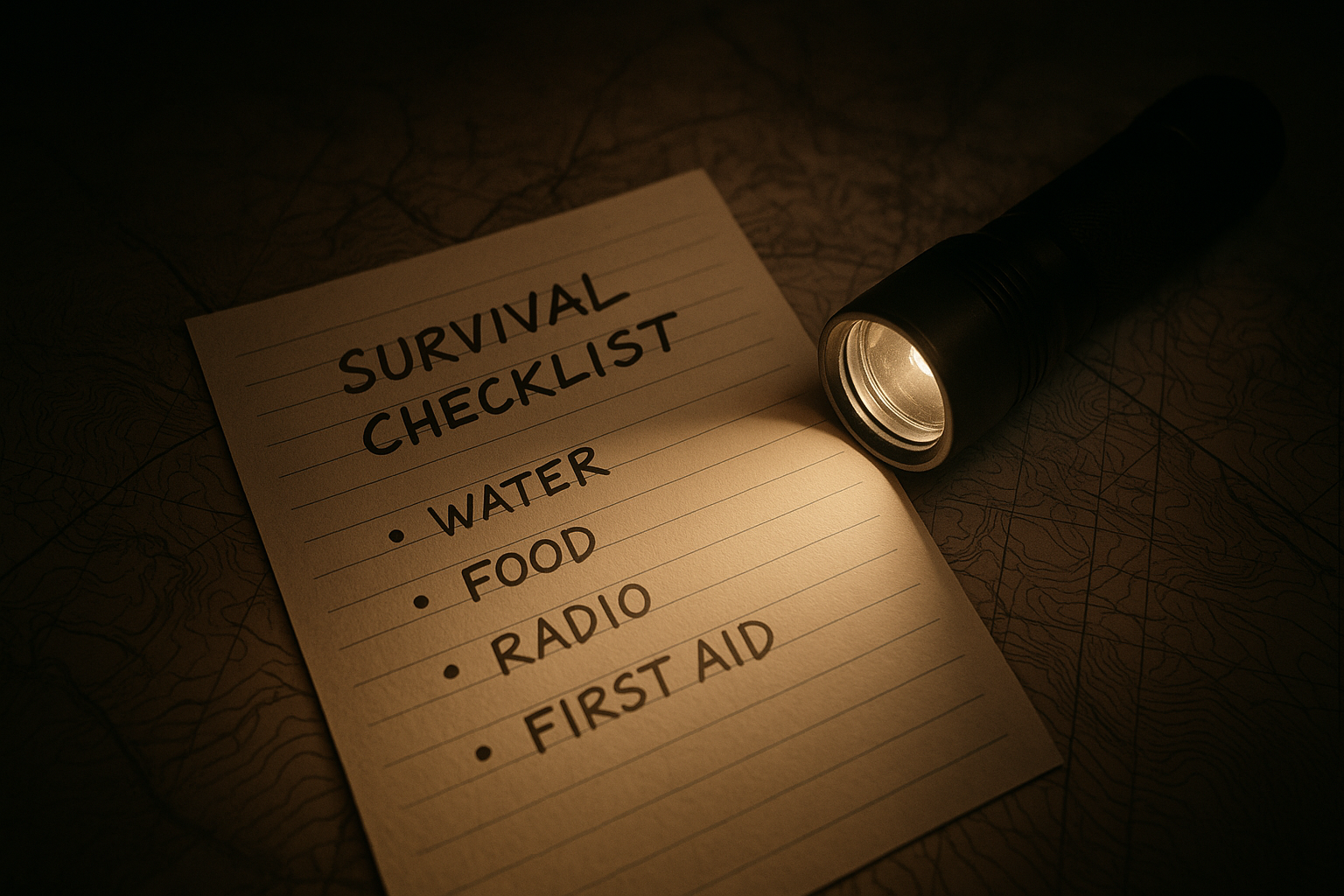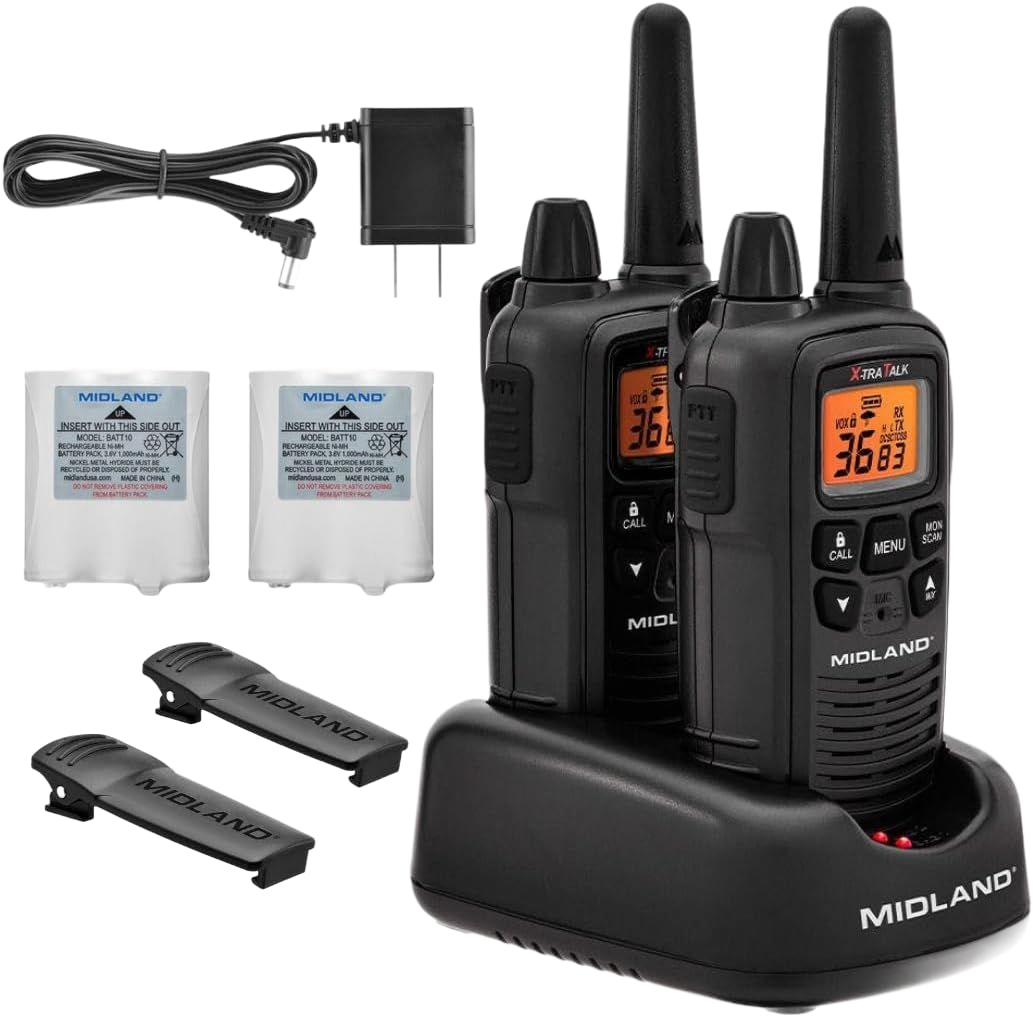A Midland FRS two-way radio is a solid, realistic choice for neighborhood-level comms in a post-outage scenario. It won’t compete with a full HAM setup or high-power commercial gear, but for ordinary folks coordinating in a rural/suburban setting, it works, especially if expectations are tuned to real conditions (i.e. 1–2 miles under good conditions).
When the Grid Goes Quiet: Why Neighbor Rapport and Simple Radios Matter

When the lights go out, the first thing most people reach for is their phone. But when cell towers die too, that connection vanishes—leaving silence where communication used to be.
In a true power or infrastructure collapse, the most valuable thing you can bring to the table isn’t just food, fuel, or even a generator—it’s a rapport with your neighbors. Knowing who lives around you, who has medical skills, tools, or common sense can mean the difference between confusion and coordination.
That’s a key thread in The Ridge Plan. In Chapter Two, Rick Fagan visits his neighbor Pete Lewis after the first full day of the outage. There’s no cell signal, no internet. Just two regular people, realizing they’ll likely depend on each other. Pete notices Rick’s handheld radio (a basic Midland FRS two-way). They take a minute to agree on a channel and a privacy code—and that simple act becomes the backbone of their later ridge-wide communications network.
You don’t have to be a licensed ham operator to do something similar. A pair of affordable FRS radios, a few fresh batteries, and a shared channel plan is enough to bridge the silence when everything else is down.
Yes, Midland radios have limitations. Their range diminishes with terrain, trees, and obstacles. Battery life can be a drag under heavy use. Specs that claim ten or twenty miles often only apply under ideal conditions. But for neighbor-to-neighbor in a rural area? In many real-world tests, users report clear communication over a mile or more in open settings.
Start now: walk the block, introduce yourself, swap contact info, pick a testing time and a radio channel, and try it. Because when the grid goes dark, your people within walking distance are your only network. And a little forethought can turn silence into connection.





